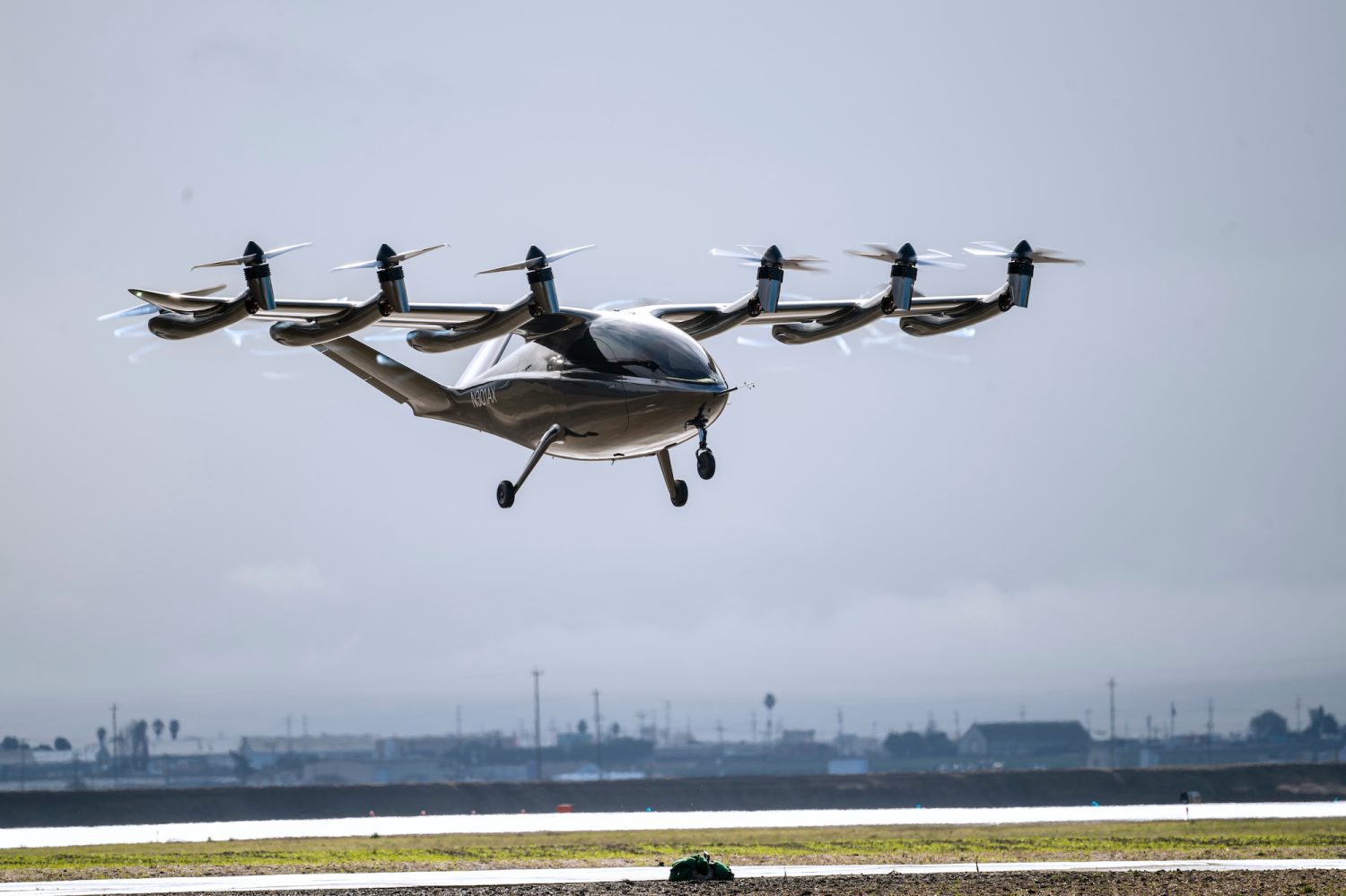
The Federal Aviation Administration (FAA) has issued a set of airworthiness criteria for the electric vertical takeoff and landing (eVTOL) air taxis under development by Archer Aviation, making the company just the second after Joby to receive the vital guide toward certification.
The FAA released the criteria for Archer’s eVTOL on Monday in a post on the Federal Register, allowing public consultation and comments on the specifications for the company’s proposed air taxi. The FAA issued a similar document pertaining to rival Joby’s aircraft in November, providing more detail on certification requirements in what is otherwise a still shifting process.
Read: UAM developer Archer unveils its production Midnight air taxi
Issuance of criteria specific to its eVTOL design and operation confirm Archer’s position among the companies advancing relatively quickly toward certification objectives. Since earning the FAA’s Special Airworthiness Certificate permitting it to begin testing of its Maker prototype just a year ago, Archer has progressed quickly through the various trial stages, completing its first full transition flight last month.
Joby – which like Archer expects to receive FAA certification of its eVTOL in 2024, then launch air taxi service the following year – is at a similar point in development, while Wisk has been making up ground since getting its all-clear to begin testing earlier this year.
The release of criteria specific to individual air taxis projects like Archer’s M001 model seeks to address both the novelty of eVTOL technology, and the FAA’s own decision earlier this year not to certify them using rules for standard planes, but rather as “powered-lift” vehicles akin to helicopters. Because of the gray areas involved in that, developers face a degree of uncertainty in proceeding with certification efforts before the expected delivery of definitive regulations in late 2024.
Though far more detailed in later sections, the early text of the FAA’s criteria for Archer’s eVTOL offer some indication of how next-generation air taxis straddle those different regulatory grounds.
“The Archer Model M001 powered-lift has characteristics of both a rotorcraft and an airplane,” the FAA document reads. “It is designed to function as a helicopter for takeoff and landing and as an airplane cruising at higher speeds than a helicopter during the en-route portion of flight operations. Accordingly, the Archer Model M001 powered-lift proposed airworthiness criteria contain standards from parts 23, 33, and 35 as well as other proposed airworthiness criteria specific for a powered-lift with electric engines.”
Read more: FAA changes to eVTOL certification spook air taxi developers
The more specific sections are not the most accessible for the non-initiated reader, but will provide Archer engineers with the increased clarity going forward that their peers at Joby are also using to continue the charge toward certification.
FTC: We use income earning auto affiliate links. More.




Comments